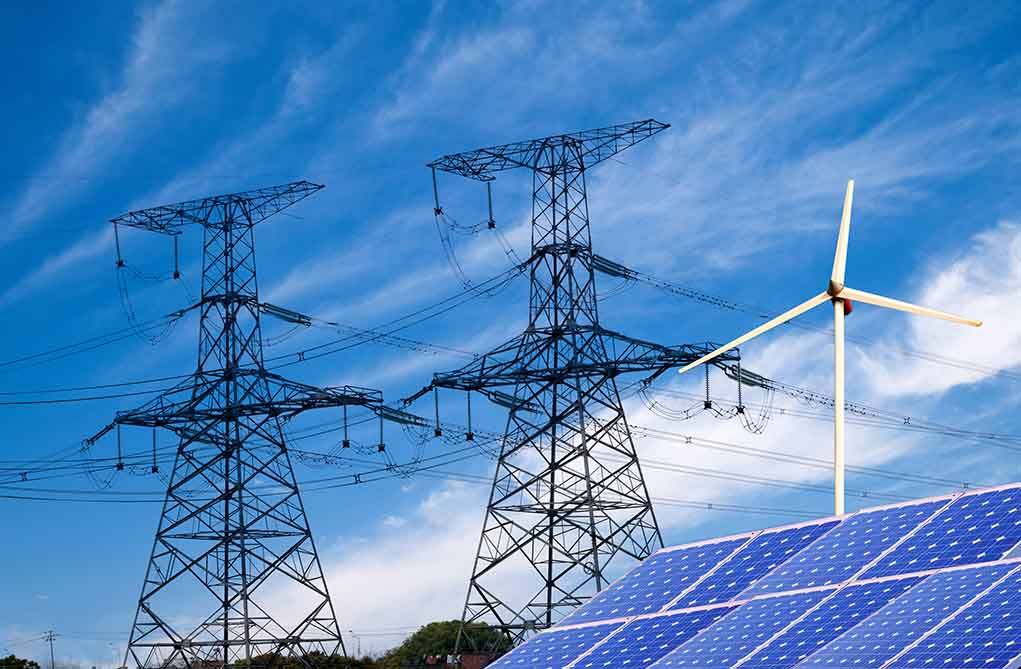
Spain’s massive blackout reveals the dangerous instability of green energy policies, costing up to $5 billion in damages and stranding 35,000 passengers while exposing critical flaws in the nation’s rush to adopt renewable power.
Key Takeaways
- Spain experienced a catastrophic blackout across the Iberian Peninsula when 60% of its energy supply disappeared for five seconds, with solar power accounting for 53% of electricity production at the time.
- The blackout forced officials to rescue 35,000 stranded railway passengers, shut down airports, and caused economic damage estimated between $2.5 and $5 billion, extending into Portugal and parts of France.
- Despite government denials, energy experts highlight the lack of grid stability without traditional power sources that provide inertia, pointing to problems with rapidly integrating renewables without proper stabilization systems.
- Political opposition has demanded an independent investigation, questioning the government’s defensive stance given Spain’s massive investments in renewable energy and plans to shut down nuclear plants.
- The incident exposes the vulnerabilities in Spain’s pursuit of 81% renewable energy by 2030, highlighting the need for reliable backup systems that solar and wind alone cannot provide.
Massive Power Failure Exposes Renewable Energy Vulnerabilities
Spain’s nationwide blackout has thrown the country into chaos while raising serious questions about its aggressive green energy transition. The catastrophic power failure, which occurred at 12:33 PM on a Monday, saw 15 gigawatts of energy, equivalent to 60% of the total energy being used, disappear for just five seconds. This brief interruption was enough to trigger widespread system failures across Spain, Portugal, and parts of France, bringing critical infrastructure to a standstill and leaving citizens in the dark. The blackout’s timing has proven particularly troublesome for Prime Minister Pedro Sánchez’s government, which has heavily invested in renewable energy while planning to phase out nuclear power plants.
At the time of the outage, solar energy accounted for a dominant 53% of Spain’s electricity production, with wind adding another 11%. Traditional stable sources like nuclear and gas contributed just 15% combined. While government officials have rushed to deny any connection between the heavy reliance on renewable energy and the blackout, energy experts point to fundamental issues with grid stability. The rapid decommissioning of conventional power plants that provide crucial system inertia has left Spain’s grid increasingly vulnerable to fluctuations that renewables cannot easily absorb without sophisticated backup systems.
The blackout triggered debate over whether heavy reliance on solar and wind made Spain’s grid more fragile.
RBC estimates the economic damage at €2.25–4.5 billion, blaming government complacency and lack of storage.https://t.co/GzJZsFGf8N#energy #EnergyTransition… pic.twitter.com/8YJd1HRn5u
— Art Berman (@aeberman12) April 29, 2025
Catastrophic Consequences and Economic Fallout
The human impact of the blackout has been severe and far-reaching. Emergency services had to rescue 35,000 passengers stranded on the railways and tunnels. Major airports shut down, trapping travelers and disrupting international travel schedules. Elevators stopped mid-floor, trapping occupants inside. Hospitals scrambled to switch to backup generators. The economic toll has been equally devastating, with early estimates placing damages between $2.5 billion and $5 billion. This staggering figure reflects not just immediate losses but the ripple effects across businesses, transportation networks, and critical services that were thrown into disarray when power systems failed.
“A lot of renewable energy has been integrated without the responsive stabilisation systems that should have been in place,” said Antonio Turiel, an energy expert.
The political fallout has been immediate and intense. Opposition leaders have demanded an independent parliamentary investigation rather than trusting the government’s internal probe. Miguel Tellado, a prominent opposition figure, has pointed directly at government-appointed leadership at Red Electrica de Espana (REE), saying, “Since REE has ruled out the possibility of a cyberattack, we can only point to the malfunctioning of REE, which has state investment and therefore its leaders are appointed by the government.” The timing could not be worse for Prime Minister Sánchez, whose administration has staked much of its credibility on a successful energy transition.
The Green Energy Dilemma Exposed
As Spain investigates the cause of this catastrophic failure, the incident has laid bare the inherent vulnerabilities in the country’s energy strategy. While government officials like Environment Minister Sara Aagesen continue to defend renewable energy, stating, “The system has worked to perfection with a similar demand situation and with a similar energetic mix [in the past],” the technical reality tells a different story. Traditional power plants provide grid inertia—essentially a buffer against sudden changes—while solar panels and wind turbines lack this stabilizing property. This fundamental difference becomes critically important when renewable sources dominate the energy mix without adequate backup systems or grid modifications.
“The problem wasn’t so much the massive entry of renewables, but rather the lack of synchronous generation,” said an industry source.
Former REE chair Jordi Sevilla has criticized the rapid decommissioning of nuclear power plants, which provide consistent, stable generation regardless of weather conditions. This highlights a central tension in Spain’s energy transition: the country has increased its share of renewables from 43% a decade ago to 56% today, with ambitious plans to reach 81% by 2030. Yet this blackout clearly demonstrates that without proper stabilization systems, battery storage, and backup generation capacity, such targets may come at the cost of grid reliability. The financial report from Redeia, which warned that high renewable penetration without adequate technical capacity could lead to production cuts and blackouts, now seems prophetic rather than cautionary.
Learning from Disaster: The Path Forward
The Spanish blackout should serve as a sobering warning to other nations rushing toward similar green energy targets without fully addressing grid stability issues. The government has announced plans for significant investments to upgrade the power grid to accommodate increased demand from data centers and electric vehicles by 2030, but critics argue this comes too late for the millions affected by the current crisis. The political defense of renewable energy, while understandable given Spain’s massive investments in this sector, should not prevent a clear-eyed assessment of the technical challenges involved in transitioning away from conventional power sources.
“These technologies are already stable, and they have systems that allow them to operate as a conventional generation system without any safety issues,” claimed Beatriz Corredor, defending renewable energy sources.
The reality on the ground suggests otherwise. As cybersecurity and intelligence investigators probe energy operators and private power companies for answers, the explanation offered by Portugal’s grid operator about a “rare atmospheric phenomenon” seems increasingly dubious, especially since Spain’s meteorological agency found no unusual weather conditions at the time. What remains clear is that Spain’s green energy transition has encountered its first major test—and failed spectacularly. The policy implications are profound, not just for Spain but for all nations pursuing similar aggressive renewable targets without adequate consideration for grid stability, backup generation, and energy storage capabilities.











